Teaching Elementary-Level Learners About the Brain
Judy Willis in How to Teach Students About the Brain writes:
If we want to empower students, we must show them how they can control their own cognitive and emotional health and their own learning. Teaching students how the brain operates is a huge step. Even young students can learn strategies for priming their brains to learn more efficiently.
Teaching students the mechanism behind how the brain operates and teaching them approaches they can use to work that mechanism more effectively helps students believe they can create a more intelligent, creative, and powerful brain. It also shows them that striving for emotional awareness and physical health is part of keeping an optimally functioning brain. Thus, instruction in brain function will lead to healthier learners as well as wiser ones.
Here is a run down of the learning activities I did with my gifted elementary students to teach them about their brains:
Introduction to the Brain
- The following website was shown to the learners: http://easyscienceforkids.com/all-about-your-amazing-brain/. Learners took turns reading the paragraphs out loud.
- The learners watched the following video:
- Learners played a concentration brain game I created. Cards were created that had parts of the brain images on one of the paired cards and the definitions on the other. Games cards included: cerebral cortex, frontal cortex, parietal lobe, temporal lobe, occipital lobe, cerebellum, limbic system, hypothalamus, amygdala, neuron, axon, dendrite, neurotransmitters, synapse. Students were asked to read aloud the definitions when they match a pair. An alternative is to play Neuro-Jeopardy found at http://faculty.washington.edu/chudler/jeopardy.html.
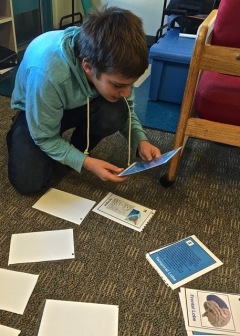
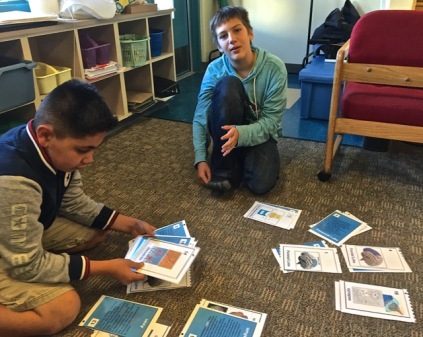
Learning about the Brain Lobes
- Learners completed a jigsaw puzzle I created about the brain lobes and their functions.
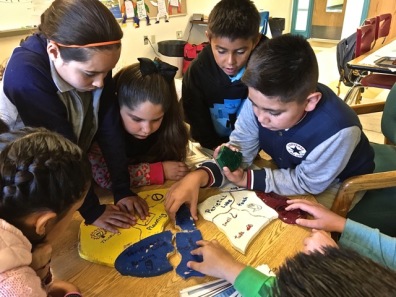
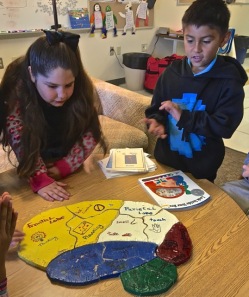
- Using the Smartboard, the interactive website, https://www.koshland-science-museum.org/explore-the-science/interactives/brain-anatomy, about the brain lobes was shown to the learners.
- Using this website and brain anatomy posters on the wall as references, learners, in small groups, created their own model brains using dough (that they made themselves) for the lobes and sticky notes/toothpicks to label the lobes and their functions.

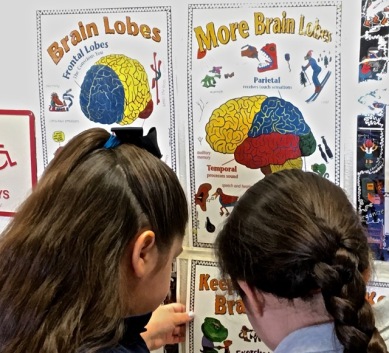
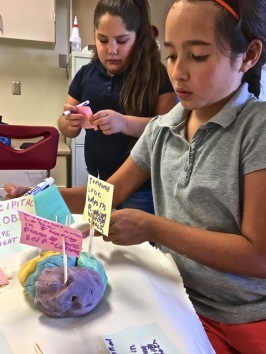

Brain Operation Game
- I adapted the directions for their brain operation game from https://iamclaudius.com/makey-makey-operation-game/. I gave them an outline of the brain with lobes outlined for them to color and rubber cement onto a pizza box (see video below). For their brain parts, I gave them air drying clay. They were asked to create parts that represent the functions of the individual lobes, e.g., eye for occipital lobe, mouth for temporal lobe, a ball for the cerebellum, etc.
- They were then asked to code their games using Scratch. Here is the example I used to get them started: https://scratch.mit.edu/projects/283935140/editor/. I instructed them to include, for each lobe, its name and some kind of pun about its function.
- Finally, they hooked up the Makey Makey using the directions found at https://iamclaudius.com/makey-makey-operation-game/.
Learning About Neurons
- Neurons were introduced to the learners through this Neuroscience for Kids webpage – https://faculty.washington.edu/chudler/synapse.html
- Learners made their own neurons out of licorice, fruit roll ups, and min-Reese’s cups on top of wax paper and labeled the parts of the neuron on their wax paper. This was inspired by the Neuroscience for Kids webpage – http://faculty.washington.edu/chudler/chmodel.html. Learners were then asked to show how their neurons would correctly connect to one another as they would be in the brain.
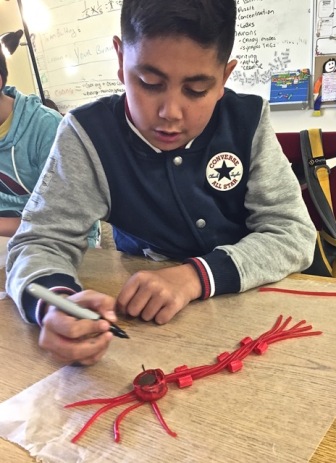
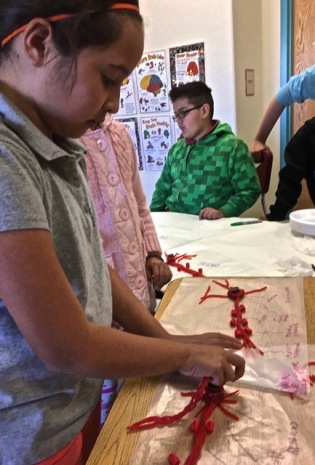
- To reinforce the functions and actions of the neuron and neurotransmitters, learners played Synaptic Tag and Neuron Chain – see https://faculty.washington.edu/chudler/outside.html

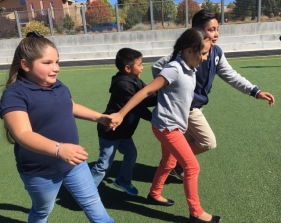
Finishing Up with a Creative Writing Activity About the Brain
- Brain-related creative writing options were shared with the learners from https://faculty.washington.edu/chudler/writing.html. They were asked to choose one to complete and post on their Kiblogs.
- Examples:
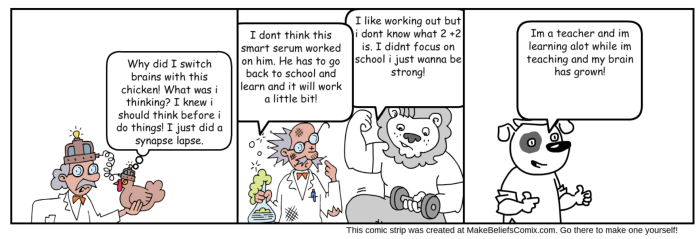
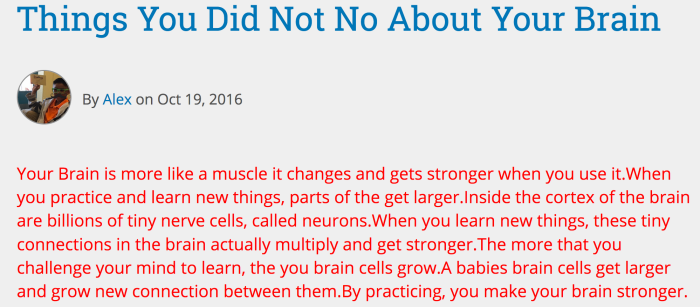
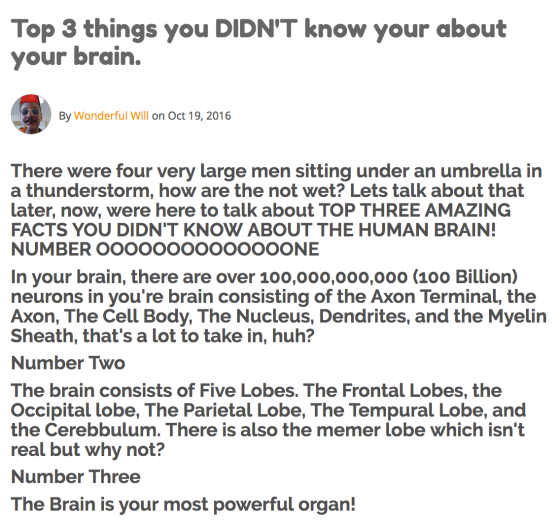

Wow! That’s amazing work. I didn’t learn anything about my brain when I went to school. Understanding how our brain works, and how we learn, must make a positive impact upon our learning.
Norah
October 23, 2016 at 9:29 am
Thanks, Norah.
Jackie Gerstein, Ed.D.
October 23, 2016 at 2:26 pm